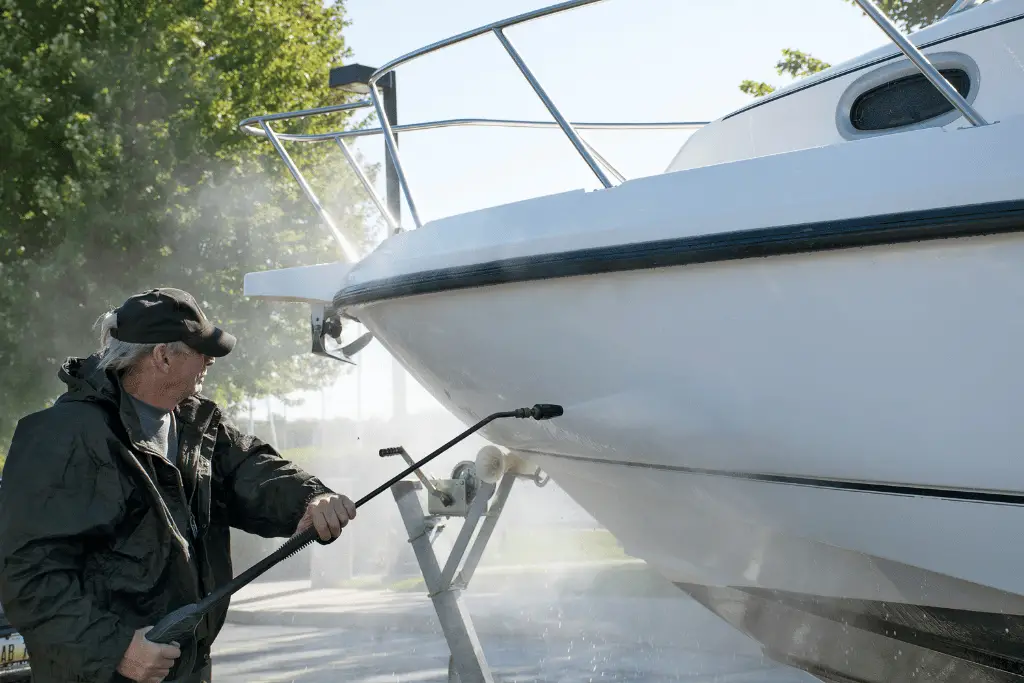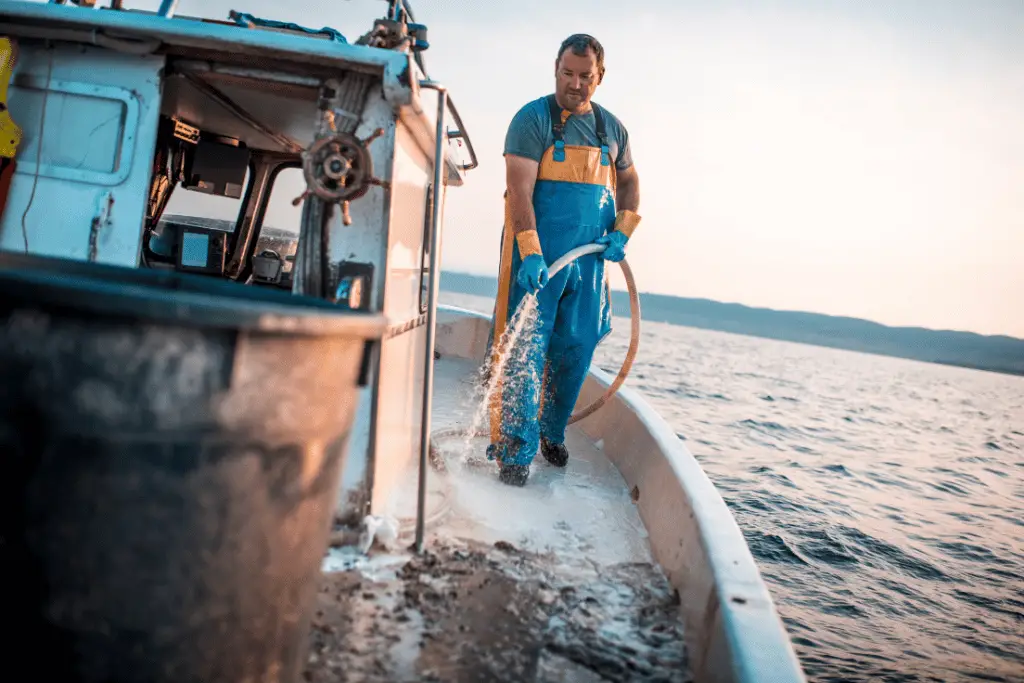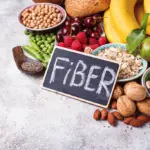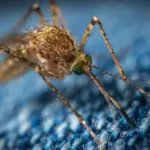
In the delicate tapestry of our aquatic ecosystems, the threat posed by Aquatic Nuisance Species (ANS) looms large. These invasive species, ranging from zebra mussels to invasive plants, have the potential to wreak havoc on the delicate balance of our waterways, causing irreparable harm to both the environment and the economy. The responsibility of preventing the spread of ANS lies not just with regulatory bodies but also with individual boaters. In this article, we delve into a critical aspect of this responsibility: the timing of boat cleaning. Understanding when is the best time to clean our boats is paramount to halting the relentless march of these nuisance species and preserving the health of our waters.
Understanding Aquatic Nuisance Species
Before we embark on the journey of pinpointing the ideal moments for boat cleaning, it is essential to grasp the gravity of the ANS challenge. Aquatic Nuisance Species, by definition, are non-native species that, when introduced to new environments, cause harm to ecosystems, native species, and even human activities. Zebra mussels, Asian carp, and hydrilla are just a few examples of these unwelcome guests. Their impact is not confined to the local aquatic fauna and flora; it extends to economic sectors such as fisheries and water-based recreational activities. Recognizing that boats can unwittingly serve as vectors for ANS transmission is crucial, as it prompts us to consider the when and how of boat cleaning as a fundamental part of responsible boating.
The Role of Boat Cleaning in ANS Prevention
Boats, while vessels of recreation and adventure, can inadvertently become carriers of ecological threats. ANS often hitch a ride on boat hulls, trailers, and equipment, finding new homes in unsuspecting water bodies. Proper boat cleaning emerges as a linchpin in breaking this transmission cycle. It goes beyond the aesthetics of a gleaming vessel; it becomes a vital act of environmental stewardship. A comprehensive approach to boat cleaning is essential, not only for protecting the waters we cherish but also for upholding the integrity of our shared ecosystems.
Best Practices for Boat Cleaning

Pre-launch Inspection: Vigilance as the First Line of Defense
Before your boat ever touches the water, a pre-launch inspection serves as a crucial checkpoint in preventing the inadvertent spread of Aquatic Nuisance Species (ANS). This involves a meticulous examination of both the boat and trailer for potential hitchhikers—those invasive species that could be clinging to various surfaces. By incorporating this inspection into your pre-launch routine, you become the frontline defender, intercepting potential threats before they infiltrate new water bodies.
Post-launch Cleaning: A Step-by-Step Shield Against ANS Transmission
The true battleground against ANS spread is post-launch cleaning. After each boating excursion, adopting a systematic cleaning process becomes paramount. This includes the careful selection of cleaning agents and tools best suited for the task. The focus should be on areas known to harbor ANS, such as boat hulls, trailers, and propellers. This meticulous post-launch cleaning ritual serves as a shield, preventing the unintentional transport of invasive species from one location to another.
Recommended Cleaning Agents and Tools: Arming Yourself for Success
Choosing the right arsenal for boat cleaning is integral to the effectiveness of the process. From environmentally friendly cleaning solutions to purpose-built brushes and scrubbers, the selection of cleaning agents and tools plays a pivotal role in ANS prevention. This section delves into the recommended options available, empowering boaters with the knowledge needed to make informed choices. Armed with the right tools, boaters can elevate their cleaning efforts, ensuring a thorough and ANS-resistant finish.
Regular Maintenance: Weaving ANS Prevention into Routine Boat Care
While pre-launch inspections and post-launch cleaning are pivotal, the essence of ANS prevention lies in weaving these practices into the fabric of routine boat care. Regular maintenance, beyond episodic cleaning, ensures that your vessel remains a clean and responsible ambassador on the water. This section emphasizes the importance of consistently incorporating ANS prevention into your overall boating routine, fostering a culture of environmental responsibility that transcends individual outings.
Seasonal Considerations for Boat Cleaning
Spring Cleaning: A Fresh Start for Responsible Boating
As the boating season commences, the significance of a comprehensive spring cleaning regimen cannot be overstated. Before launching into the waters for the first time, boaters should engage in a thorough cleaning session, addressing any potential ANS contaminants that may have accumulated during the off-season. Spring cleaning sets the stage for a season of responsible and conscientious boating, ensuring that vessels enter the waterways as sanctuaries rather than unwitting carriers of invasive species.
Post-Season Cleaning: Safeguarding Our Waters with Every Voyage
The responsibility of a boat owner extends beyond the exhilaration of a successful boating season. Post-season cleaning is a pivotal practice in safeguarding our waters. After each voyage, a meticulous cleaning routine becomes a final act of environmental stewardship for that particular water body. This section emphasizes the importance of consistency in post-season cleaning, reflecting on the cumulative impact of responsible boating practices in curbing the spread of Aquatic Nuisance Species.
Collaborative Efforts and Regulations
Local and National Regulations: Guardianship Through Legislation
The battle against Aquatic Nuisance Species extends beyond individual efforts, finding support in local and national regulations. This section explores the role of governmental bodies in formulating and enforcing regulations designed to protect water bodies from ANS invasion. It delves into how compliance with these regulations enhances the collective efforts to preserve aquatic ecosystems, urging boaters to be not only stewards of their vessels but also champions of responsible and regulated boating practices.
Community-Based Initiatives: The Power of Collective Action
Beyond regulatory frameworks, the strength of community-based initiatives in ANS prevention cannot be understated. This section sheds light on the collaborative efforts between government agencies, environmental groups, and boating communities. Through shared responsibility and a united front, these initiatives showcase the potential for impactful change in preserving the delicate balance of our water ecosystems. The article concludes by encouraging boaters to actively participate in and support these community-driven endeavors, recognizing that safeguarding our waters is a collective endeavor.
Case Studies and Success Stories

Examples of Effective ANS Prevention through Boat Cleaning
Real-world examples underscore the tangible impact of conscientious boat cleaning on preventing the spread of Aquatic Nuisance Species. This section delves into case studies from areas where effective boat cleaning practices have been adopted. By examining success stories, we gain insights into how the commitment to responsible boating can mitigate the threat of ANS, offering inspiration for boaters worldwide. These narratives not only highlight the positive outcomes of individual and collective efforts but also reinforce the importance of adopting best practices in boat cleaning for the preservation of diverse aquatic ecosystems.
Interviews with Responsible Boaters: Voices of Environmental Stewardship
To further emphasize the human dimension of responsible boating, this section features interviews with boaters who have embraced ANS prevention through thorough boat cleaning. These conversations provide a firsthand account of the challenges and rewards associated with incorporating environmentally conscious practices into boating routines. By showcasing these voices of environmental stewardship, the article aims to inspire others to join the movement and take pride in contributing to the protection of our waterways.
Conclusion
Preserving Our Waterways: A Call to Responsible Boating
In conclusion, the article underscores the critical role of boat cleaning in preventing the spread of Aquatic Nuisance Species. It encapsulates the key insights shared throughout the piece, emphasizing that responsible boating is not just an individual choice but a collective imperative. By adopting best practices, adhering to regulations, and actively participating in community-driven initiatives, boaters become guardians of our waterways. The call to action is clear: as custodians of these precious ecosystems, each boater plays a vital role in ensuring the sustainability and vitality of our waters for generations to come.






